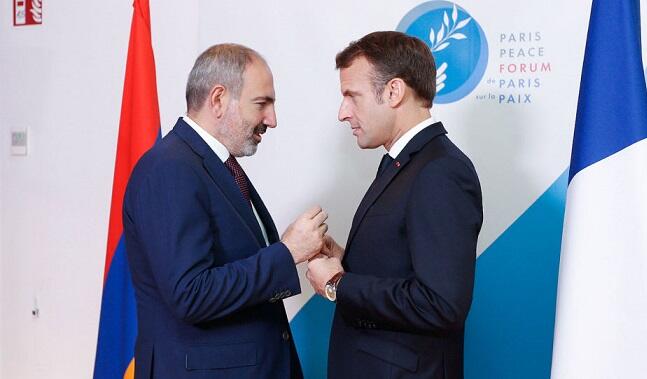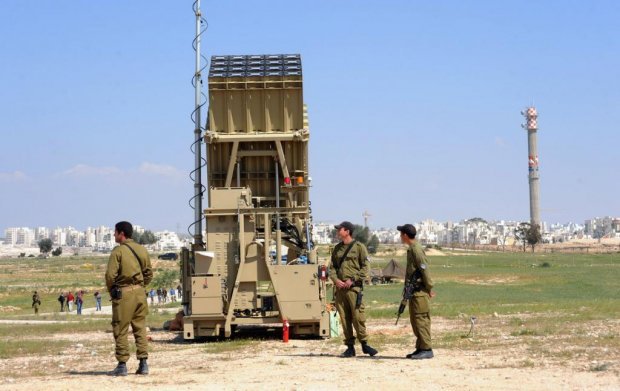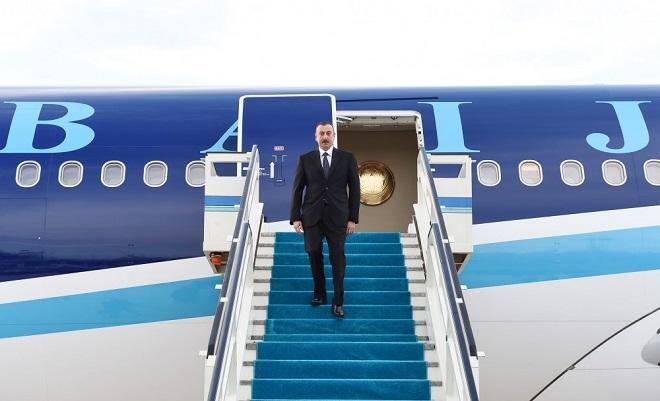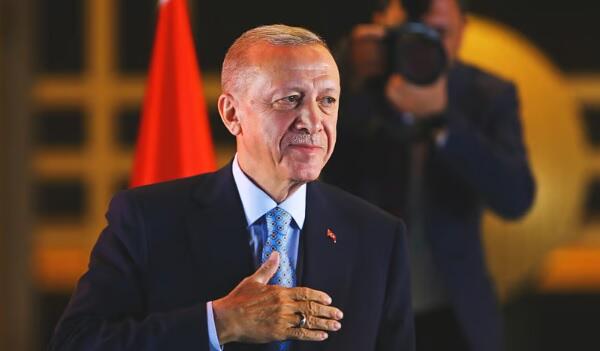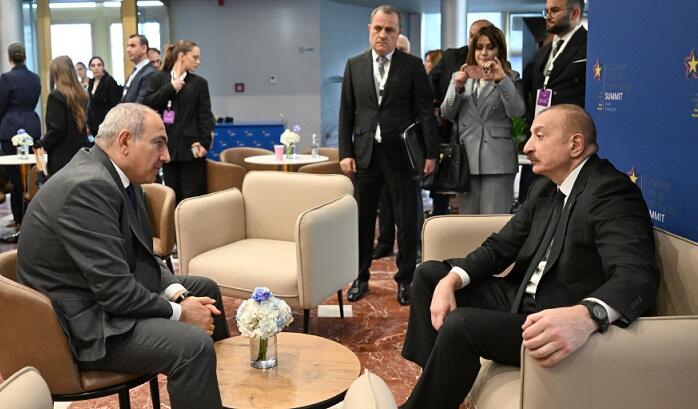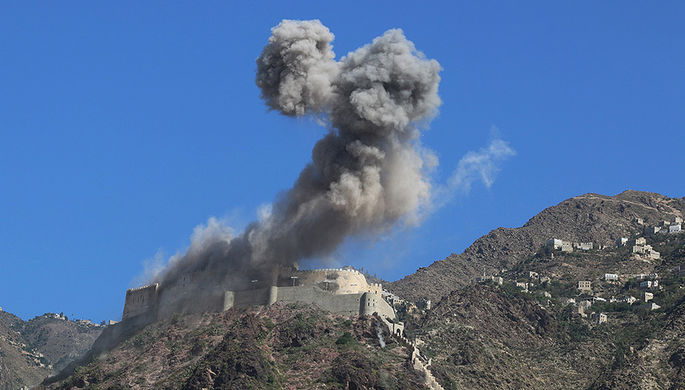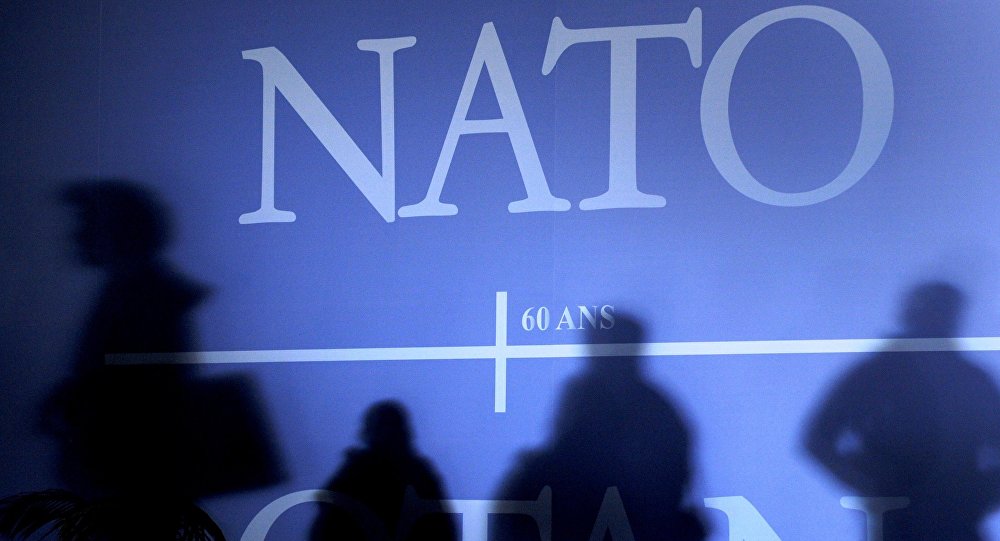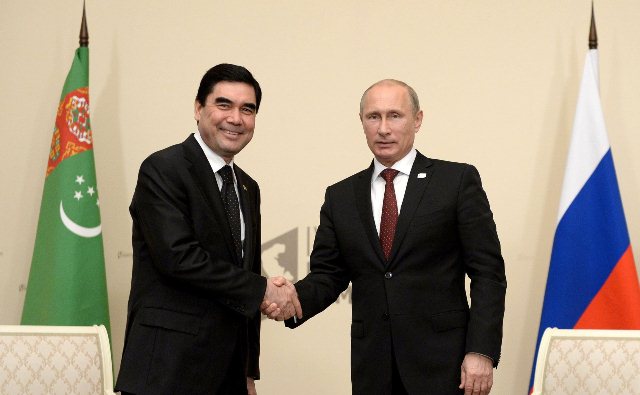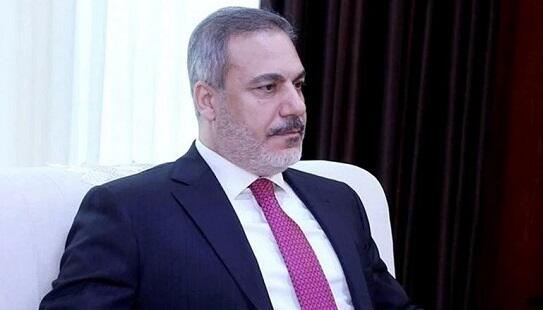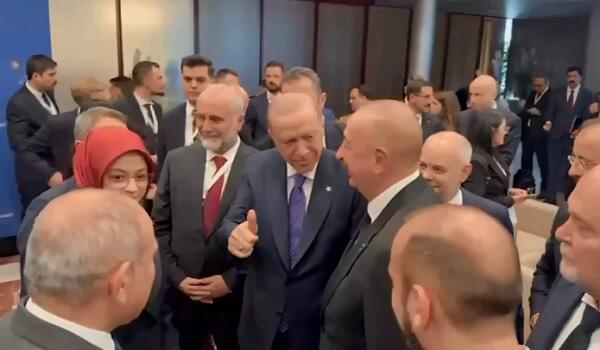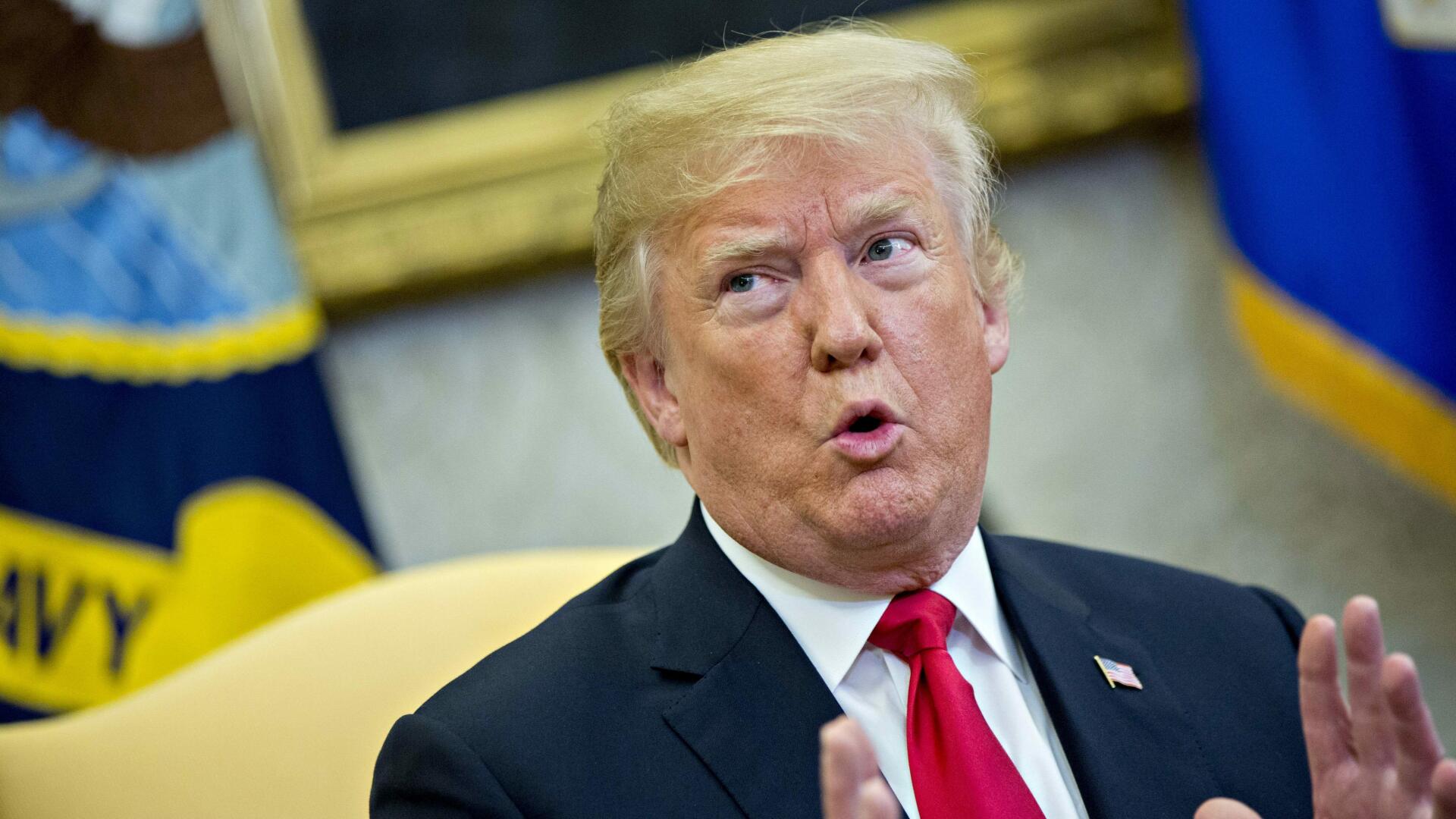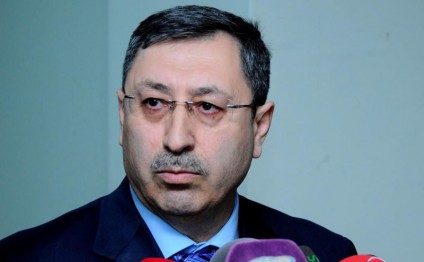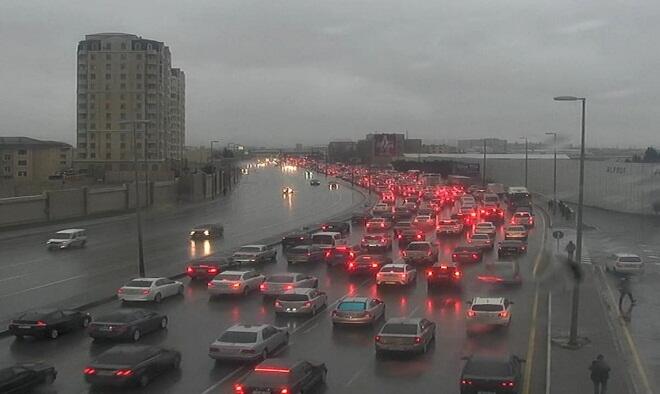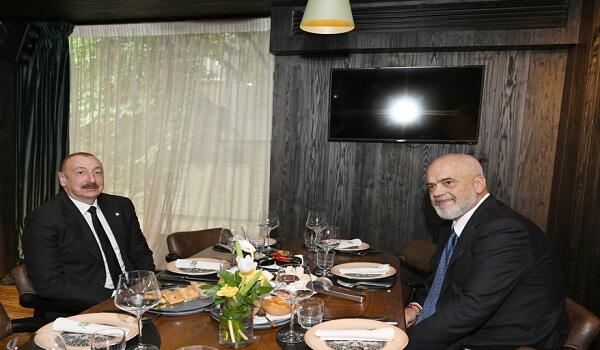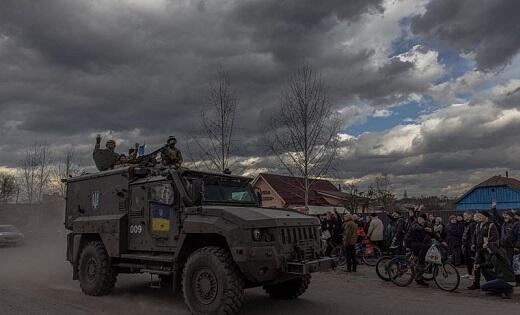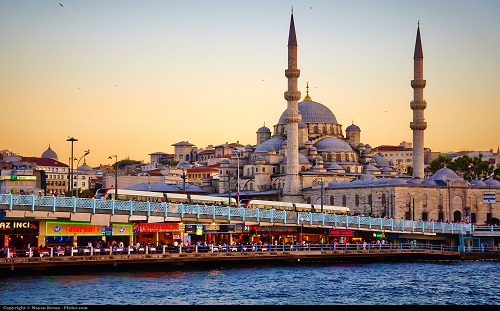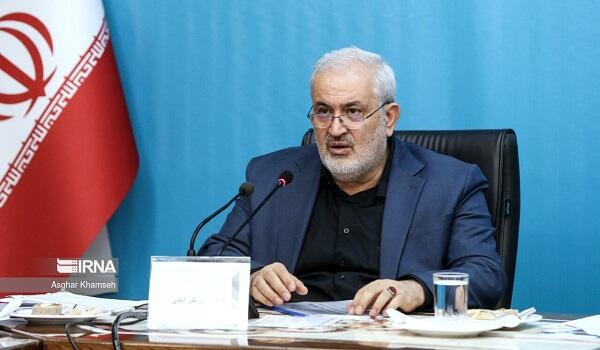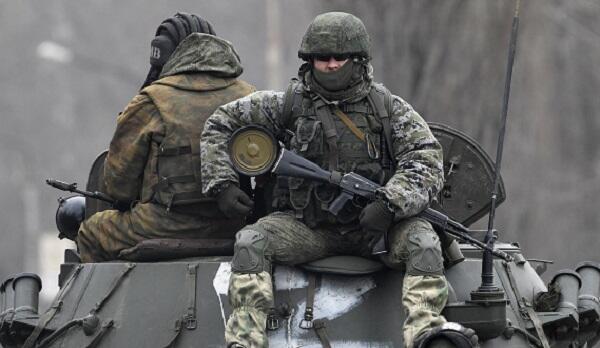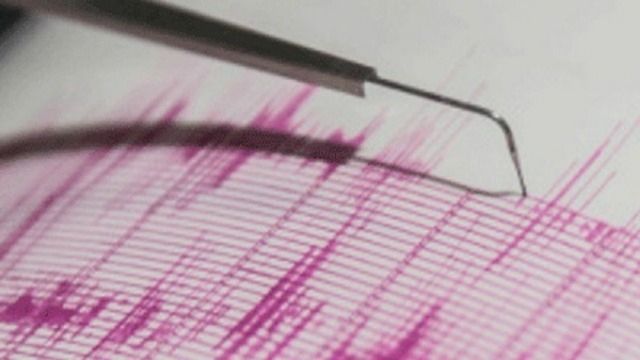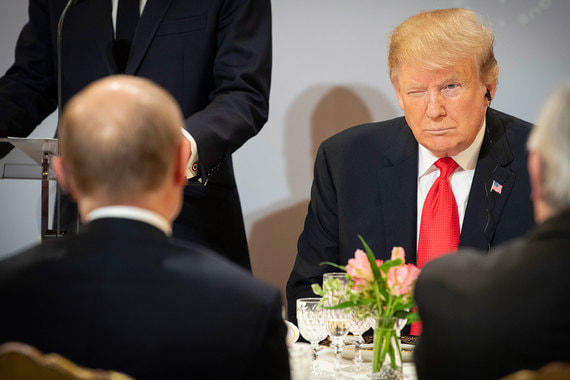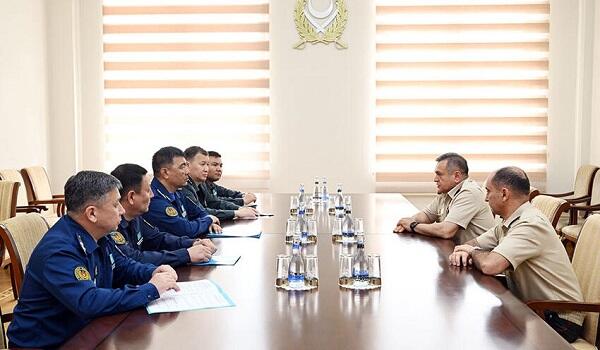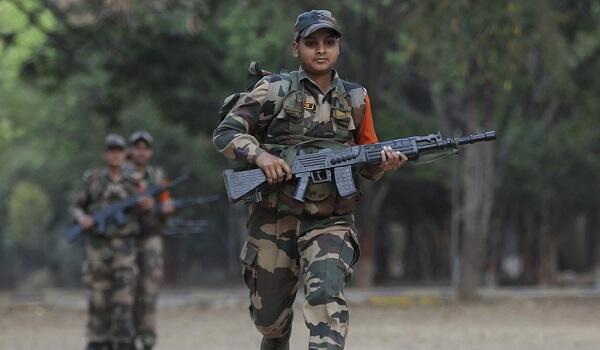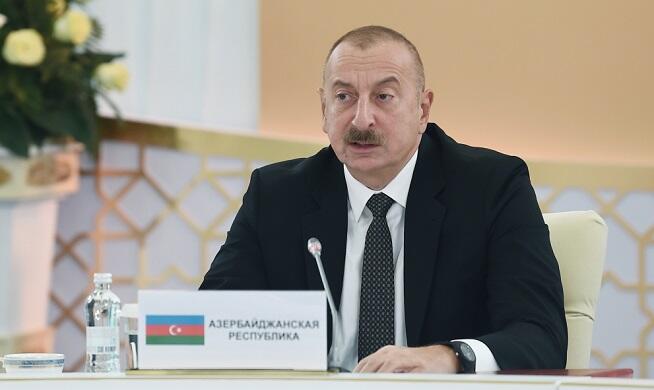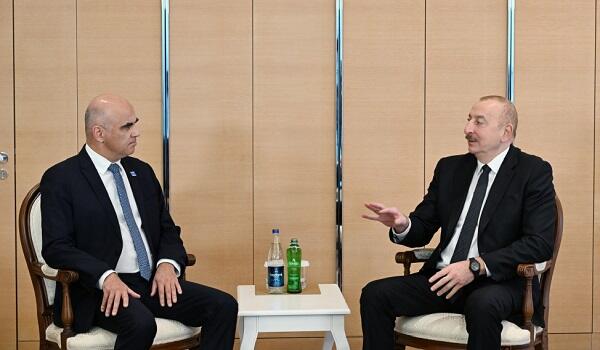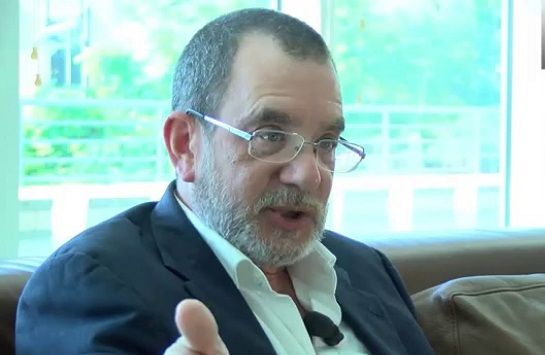The uprising in Iran is based on a number of different factors including unemployment but also neglect by local officials in the provinces to address grievances. The eruption that began in Mashad which quickly spread across the country were in principalities as much as the protests were in cities.
Dr. Theodore Karasik, analyst on the Middle East and Senior Advisor at Gulf State Analytics, Washington DC told Axar.az while talking about protests in Iran.
The protesters are not calling for help as much as they are demanding the end of Khomenism and the economic model dominated by Iran's security forces especially IRGC, MOIS, and Basij. Interestingly reports of "defections" may show alliegience and discipline breaking down.
The Rouhani government, and the IRGC are now regaining control of the security situation but the pathways of where Iran goes next is critical. With America and other Arab allies pushing for support to the protesters, a crackdown only leads to more sanctions by the United States. In addition, with Iran's militias busy in other theaters (Levant, Yemen) the ability for Tehran to maintain militias and their activity may be crippled. If uprisings continue to occur or reemerge in suppressed areas these militias especially those with cadre from Afghanistan and Pakistan will be redeployed.
